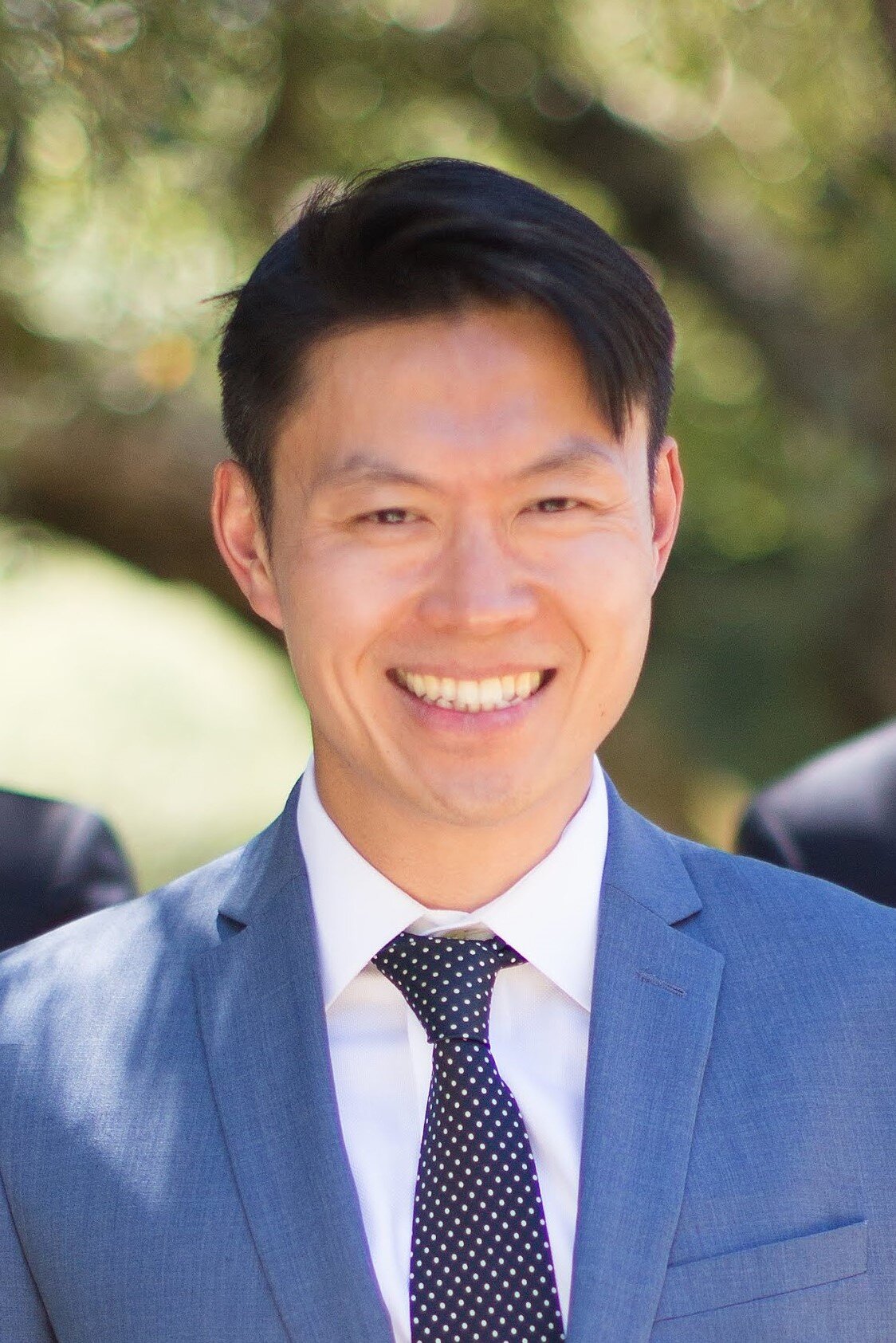#StartupsEverywhere Profile: Na Xue & Ken Lo, Founders, Tomodachi
This profile is part of #StartupsEverywhere, an ongoing series highlighting startup leaders in ecosystems across the country. This interview has been edited for length, content, and clarity.
Enabling students to take ownership of their own education through a collaborative platform
Tomodachi is a social learning platform that enables students to create unique content and present work to audiences beyond the classroom. Started by a wife and husband duo, Na Xue and Ken Lo, with the mission of creating meaningful educational connections and providing a global, inclusive learning environment. We had the chance to speak with Na Xue—a former educator and co-founder of Tomodachi—about the origins of the company, regulatory challenges in EdTech, and the challenges women founders can face when building their startups.
Tell us about your background and what led you to Tomodachi.
I was a middle school science teacher and taught several years in New York and Los Angeles. I also have experience teaching in various school settings ranging from traditional, rigorous curriculum focused schools to more progressive project-based learning environments. In all these school settings, there was a common theme: classroom teaching is very isolating. I sometimes had no idea what another teacher in my department or what a teacher across the hallway from me was doing. I wished there were more opportunities for my students and other teachers to collaborate. So, as teachers, we find ourselves trying to create these opportunities for students to work with one another and to receive peer feedback, which we find to be very effective. But, there are not a lot of resources out there for us to facilitate this collaboration. I ended up discussing some of these issues with my husband. From there, we realized there was a real need to break these educational barriers because learning does not just have to be within the traditional four walls of teaching and there needs to be a medium for students to communicate with each other.
What does it look like to be a user of Tomodachi?
We are a dedicated educational community for teachers and students. There are plenty of EdTech tools out there that bring classroom learning to the digital world, but what we’re trying to emphasize is the social aspect of learning. Many studies have been conducted that demonstrate the importance of social and emotional learning for students feeling disconnected, especially during the COVID pandemic. We are trying to bring those social aspects to a digital learning community and give students the chance to communicate with each other about the work they share. So, within the platform, there is a lot of emphasis on students creating their own work with our tools because, as teachers, we think that we’re designing great lesson plans that students want, but it sometimes doesn’t translate well. It’s important that students have the ability to develop their own thoughts on the material that they are taught. To narrow it down specifically, we are here to give students a space to create their own work. Once they are ready, they can decide to publish their work on a community feed that we have on our platform. We’re also creating a social media community for teachers and students in locations across the U.S., as well as administrators to see what other students and teachers are working on and share their ideas.
Everything is digitalized now. Technology is moving at a very fast pace and yet, the way education works is still very traditional with a lack of incorporation of technology. It’s only since the pandemic that the use of technology as a valuable resource in schools has become more mainstream. We continue to see social media grow in a variety of aspects of life. Children are gravitating towards those platforms, but there is no safe space for students to practice digital citizenship. That’s where we want to come in. If you’re a fifth grader is it good to go straight to interacting with a major social media platform with users of all ages? No, because you need to learn as there are social etiquettes and how to interact with this type of community before jumping straight into it. I feel like schools want to teach that, but where’s the platform for it? That is where Tomodachi comes in.
What do you do to make sure people are using the platform as intended, especially considering your unique user base? Do you have any concerns with how you will handle copyrighted material on your platform?
Moderation is something we are thinking about heavily. We are still in beta testing so this is something we are still thinking through as we refine the platform and grant access to new users. We vet which users are able to access the platform and work to ensure our users are serious about education. We use school-provided email addresses as part of our verification process. Additionally, teachers and administrators are present in the community and can support moderation efforts.
We’ve also had conversations about the possibility of copyright violations. Our goal is obviously to avoid such violations on the Tomodachi platform. The way we created the tools on Tomodachi, they are really for students to create and come up with their own original work and that is what we are celebrating. We will continue to discourage users who take materials from other sites and contemplate the best tools to navigate copyright requirements.
You hope to build this platform into a global community. Have you given thought to the logistical challenges you will face in navigating the privacy laws in the various countries in which you choose to operate?
I am glad you pointed that out. When we were doing our research, we realized that there’s such a range of these types of laws in a lot of different countries. Europe has GDPR, while Canada and Australia have different frameworks. We haven’t made any final decisions yet, but the process of trying to understand the rules has been a complicated and daunting task.
Are there specific policy areas that you have interacted with and think policymakers need to be paying more attention to?
Yes, first because we are in the EdTech space, there are barriers to entry for collaboration with schools. There isn’t any readily accessible resource that shows you how you can establish partnerships with local governments or public schools. Moreover, many of these districts are still operating very traditionally, almost like a 1980s kind of way of doing things, even though the rest of the world is progressing so much faster in the technology space. We want to ensure we can establish these partnerships with public schools and effectively introduce our platform to their classrooms.
Second, as I made my transition from teaching to starting my own company, it has been difficult to find funding and the support that I need, especially as a woman and mother. I found research that shows around roughly 3 percent of the funding that comes from venture capital goes to women-founded startups and yet, when you look at the percentage of startups with women founders, it’s around 28 percent. There is a real disparity there. Moving forward, we need to work to address reducing that gap.
What are your goals for Tomodachi moving forward?
We can see a widening gap in terms of the learning loss that’s occurring, especially since the pandemic, and what we are trying to do is to democratize educational content. We’re starting with the U.S. market, but naturally we want to expand to schools in other countries. This way students can be culturally aware and feel more connected, so that it doesn’t feel like learning is just happening within the classroom.
Schools sometimes only see metrics and data, such as test scores, to gauge student engagement but what we are trying to show is that you can actually see the student’s work as a way to measure engagement. We are looking to empower students' voices, to let their work speak for itself, and to push them to take ownership of their own learning. We are very excited because we have ambitious goals, but we feel like it is very much needed and there is an opportunity, especially now, for a platform like ours.
All of the information in this profile was accurate at the date and time of publication.
Engine works to ensure that policymakers look for insight from the startup ecosystem when they are considering programs and legislation that affect entrepreneurs. Together, our voice is louder and more effective. Many of our lawmakers do not have first-hand experience with the country's thriving startup ecosystem, so it’s our job to amplify that perspective. To nominate a person, company, or organization to be featured in our #StartupsEverywhere series, email ian@engine.is.




